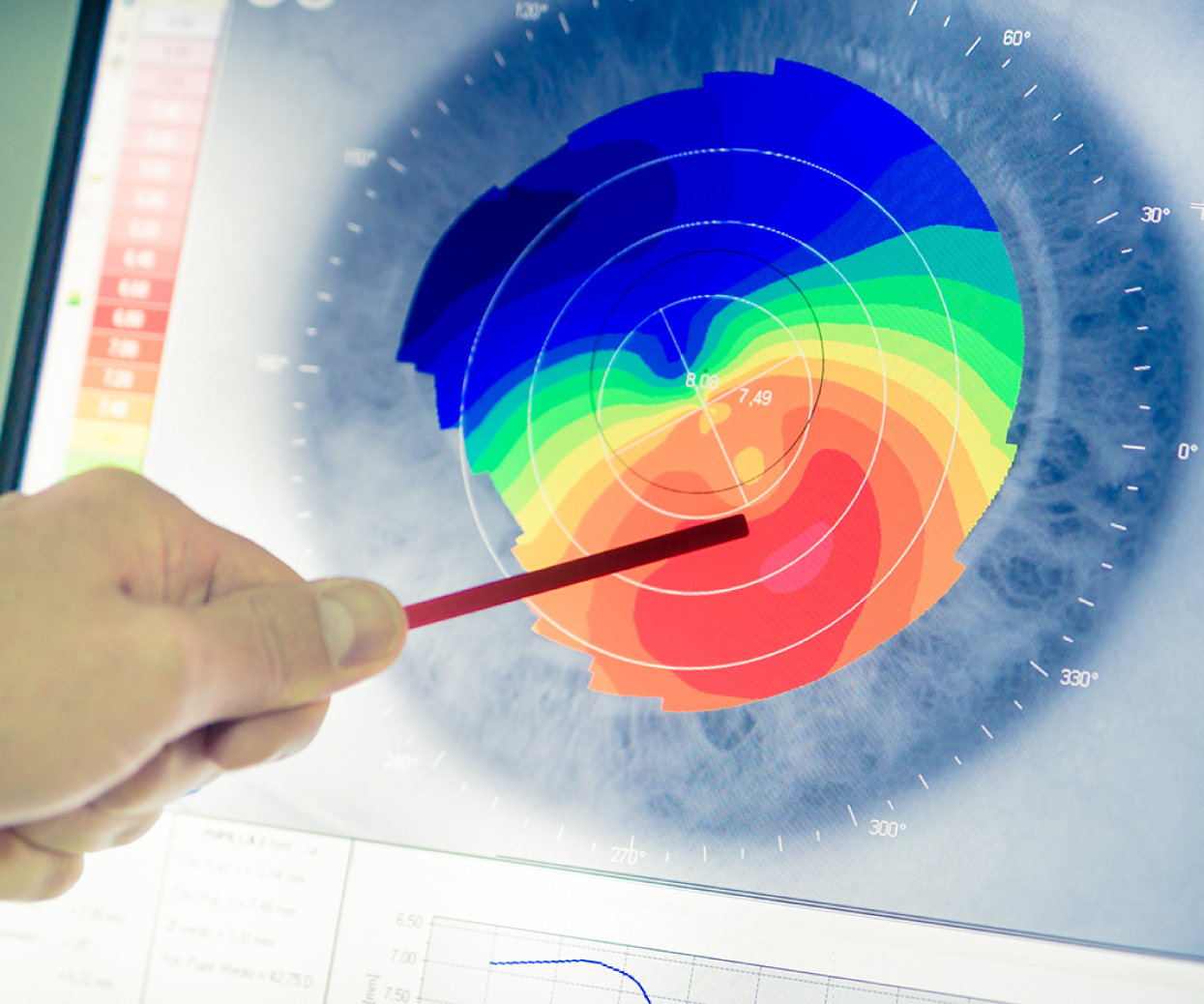
Diagnosis and treatment of dry eyes
With the question of Dr. Muhammad Hantira - Honorary Assistant Professor - Department of Ophthalmology - Umm Al-Qura University - Saudi Arabia
Explain that the tests and procedures that can be used to determine the cause of dry eyes include the following:
• Perform a comprehensive eye examination. An eye exam that includes a complete history of general health and eye health can help your doctor diagnose the cause of your dry eyes.
• Measuring the size of your tears. Your doctor may measure your tear production using the Schirmer test. For this test, blotting paper strips are placed under your lower eyelids. After five minutes, the doctor will measure the portion of the tape that has been inundated with your tears.
• Determine the quality of tears. Other tests use special dyes in eye drops to determine the surface condition of the eyes. The doctor explores the staining patterns in the corneas and measures how long it takes for the tears to evaporate.
Treatment of dry eyes
Dr. Hantira explained:
For most people with mild dry eye symptoms, over-the-counter eye drops (artificial tears) are sufficient. If symptoms are persistent and more severe, you have other options. What you do will depend on the cause of your dry eyes.
Some treatments focus on reversing or managing the condition or factor that is causing your dry eyes. Other treatments can improve the quality of your tears or prevent your tears from acting quickly away from your eyes.
• Treating the main cause of dry eyes
In some cases, treating an underlying health problem can help treat the symptoms and signs of dry eyes. For example, if a treatment is causing dry eyes, your doctor may recommend another treatment that does not cause these side effects.
• Medicines
Prescription medications for dry eyes include the following:
• Medicines to reduce eyelid inflammation.
Inflammation along the edge of the eyelid can prevent the sebaceous glands from producing sebum in your tears. Your doctor may recommend antibiotics to reduce inflammation. Antibiotics for dry eyes are usually taken orally, while some are used as eye drops or as an ointment.
• Eye drops to control keratitis.
Inflammation on the surface of your eyes (the cornea) may be controlled with prescription drops that contain an immunosuppressive drug called cyclosporine (Restazis) or corticosteroids. Corticosteroids are not ideal for long-term use; Because of their possible side effects.
• Eye inserts that work like artificial tears
. If your dry eye symptoms are moderate to severe, and artificial tears are not helping them, another option might be a small eye stick that resembles a clear grain of rice. You can apply a hydroxypropylcellulose (Lacrisert) insert between the lower eyelid and the eyeball once a day. The pad slowly dissolves, releasing a substance used in eye drops to moisturize the eyes.
• Tear-stimulating drugs
Medicines called cholinergic drugs (pilocarpine and cefemilin) increase tear production. These medications are available as pills, gels, or eye drops. Possible side effects include sweating.
• Eye drops made from your own blood.
These are called autologous blood serum drops. It may be an option if you have severe dry eyes symptoms that don't respond to any other treatment. To make these eye drops, a sample of blood is processed to remove the red blood cells, and then mixed with a salt solution.